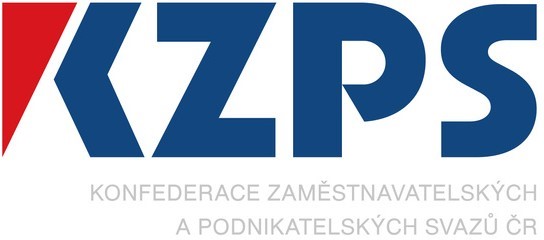Czech Business Today
EESC CORNER: EU Economic Policies at Crossroads: a Challenge for the Czech Republic
The current and expected development in different spheres of EU economic policies represents a big challenge also for the Czech Republic and more generally for the Visegrad-4 countries as well. The Czech Republic so far seems to be a very successful player in reaction to the co-ordinated economic policy steps within the process of the European Semester. Even in November 2016, at the launch of the European Semester cycle for 2017, the Czech economy had absolutely best results among all the EU Member states concerning the level of their macroeconomic, fiscal and structural imbalances.
However, some new elements that are currently discussed within the gradual preparation for the next Multi-Annual Financial framework are of an extraordinary high importance. They include for example a possibility to introduce an autonomous budget for the euro-zone itself. After Brexit, euro-zone is to contribute to the total EU GDP by some 87%. That scenario brings for us as a cohesion country a risk of substantial reduction of financial resources, currently used within the Cohesion Policy. Simultaneously, we should not also ignore the budgetary impacts of Brexit, not only due to the fact that Britain has been so far a net contributor. Brexit for us means an “artificial”, “statistical” increase of our wealth as measured by the GDP/cap indicator. This indicator is increasing anyway as the economy follows a convergence track.
We should further be well prepared to the other frequently discussed issues like EU Added-Value (where the EU Budget is to support mainly the projects having an impact not only on the level of the particular national state, but also in a broader EU context), a strengthened exibility (as a reaction to the practical disability to be engaged in some recent critical events like economic crisis, migration, risks connected with security situation), broader use of new financial instruments (as a way of a gradual changeover from one-way subsidies to a multiply instruments based on a direct financial return).
We could expect anyway that the size of national envelopes will be reduced and the EU budgetary funds will be much more intensively redistributed via a whole European competition of projects. Also the accent on results and performance brought by the EU budgetary interventions will be further strengthened. We could therefore clearly say that EU financing now stands on crossroads as very recently did the robust effort to co- ordinate EU macroeconomic and fiscal policies.
Petr Zahradník
EESC Member, Group I






